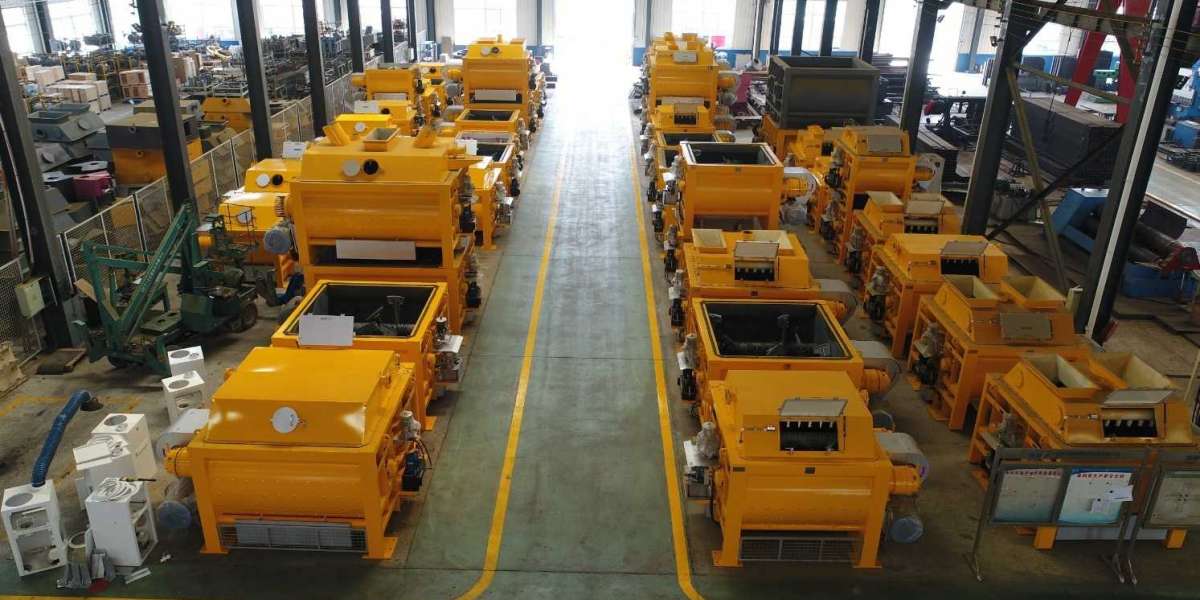chinaflasks.com
Nowadays, a vacuum flask has become our reliable companion at work, going out for exercise or travel as it retains our favorite drink's taste and temperature for extended hours. The secret lies with the vacuum flask parts and functions. Several parts of a vacuum thermos flask such as the screw-on stopper, vacuum, the refill, etc, each part has its own function.
Screw-on stopper
This part of the vacuum bottle is normally made from silicone, which fully covers the mouth of the vacuum flask to lock the heat inside. To avoid the heat escape from the bottle when opening the gasket, several screw-on stoppers are created with a press button. Once pressed, it will open a small space enough to pour out the water, the user will not need to twist open the stopper.
The case: plastic or stainless steel
Manufacturers have spent a lot of time in the design of the stainless steel vacuum flask's outer case in order to make it eye-catching. Artworks to decorate the case may come from cartoon characters to serve kids and teenagers, while a minimalist design that creates a sporty feeling matches well with adult users' taste.
The refill: silver-coated glass or double-wall stainless steel
The flask refill is made of two-layer glass or stainless steel, with a vacuum layer in between the inner and the outer layers.
In comparison, stainless steel makes the flask lighter and smaller than that using glass refill, while the glass refill keeps the heat longer and retains the drink taste better thanks to its coated reflective metal layer. However, the glass refill is fragile, it can be broken if dropped from 10 centimeters (4 inches) high, while the stainless steel refill is tough and easy to bring along when traveling.
Vacuum
A vacuum for the stainless steel vacuum bottle between the layers of the glass/stainless steel refill helps prevent heat conduction and radiation. Since vacuum does not conduct heat, the temperature of the beverage in storage is retained for a long time. Vacuum is the most important part of a flask.
Refill support
Normally, three pads are placed between the two inner jars to fix the refill position. Looking from outside of the vacuum pot, we can see three black points around the bottom, but they don't directly contact the liquid, therefore they cause no harm to the user's health.
The flask base
The flask base is often made of TPE plastic to keep the flask stand stable and insulate well with the table surface.
By this point, we've discovered the secret behind all of the vacuum flask parts and functions. And it also has applications, for example, it can be used as stainless steel cola bottle, stainless steel vacuum space pot, stainless steel vacuu
is then generates increased mechanical power and overall efficiency improvement of the combustion process. Therefore, the engine size can be reduced for a turbocharged engine leading to better packaging, weight saving benefits and overall improved fuel economy.
How Does a Turbocharger Work?
A turbocharger is made up of two main sections: the turbine and the compressor. The turbine consists of the turbine wheel and the turbine housing. It is the job of the turbine housing to guide the exhaust gas into the turbine wheel. The energy from the exhaust gas turns the turbine wheel, and the gas then exits the turbine housing through an exhaust outlet area.
The compressor also consists of two parts: the compressor wheel and the compressor housing. The compressor’s mode of action is opposite that of the turbine. The compressor wheel is attached to the turbine by a forged steel shaft, and as the turbine turns the compressor wheel, the high-velocity spinning draws in air and compresses it. The compressor housing then converts the high-velocity, low-pressure air stream into a high-pressure, low-velocity air stream through a process called diffusion. The compressed air is pushed into the engine, allowing the engine to burn more fuel to produce more power.
Applications of Turbocharger
A turbocharger is commonly used in automotive engines like truck, car, train, aircraft, and construction equipment. modern release of Otto cycle and diesel cycle internal combustion engines feature turbochargers.
Let dive in to explain some applications of turbochargers:
Gasoline and Diesel-power cars: Turbocharged cars is common of petrol and diesel-powered cars to increase their power output for a given capacity. It also increases fuel efficiency, allowing a smaller displacement engine. These engines lost weight of about 10% and save up to 30% in fuel consumption and still deliver the same peak horsepower.
The first turbocharged passenger car was the Oldsmobile Jetfire option. It uses the component to a 215 cu in all aluminium V8 and on Chevrolet product called corvairs. It is initially called Monza Spyder cooled flat six-cylinder engine. Diesel cars vastly rely on turbocharger since the use of improved efficiency, drivability, and performance of diesel engines. It is produced on passenger car was Garrett-turbocharged Mercedes introduced in 1978.
Turbocharger are slightly different for different models, for example, there are Turbocharger for Audi, Turbocharger for Seat, Turbocharger for Skoda, Turbocharger for Volkswagen, Turbocharger for BMW, Turbocharger for Mercedes-Benz, Turbocharger for Toyota, Turbocharger for Volvo, Turbocharger for Hyundai, etc.
Trucks: For the same benefit, diesel truck engines have featured turbocharging since 1938.
Aircraft: Over the year the effect of turbocharger also increases the efficiency of aeroplanes.








